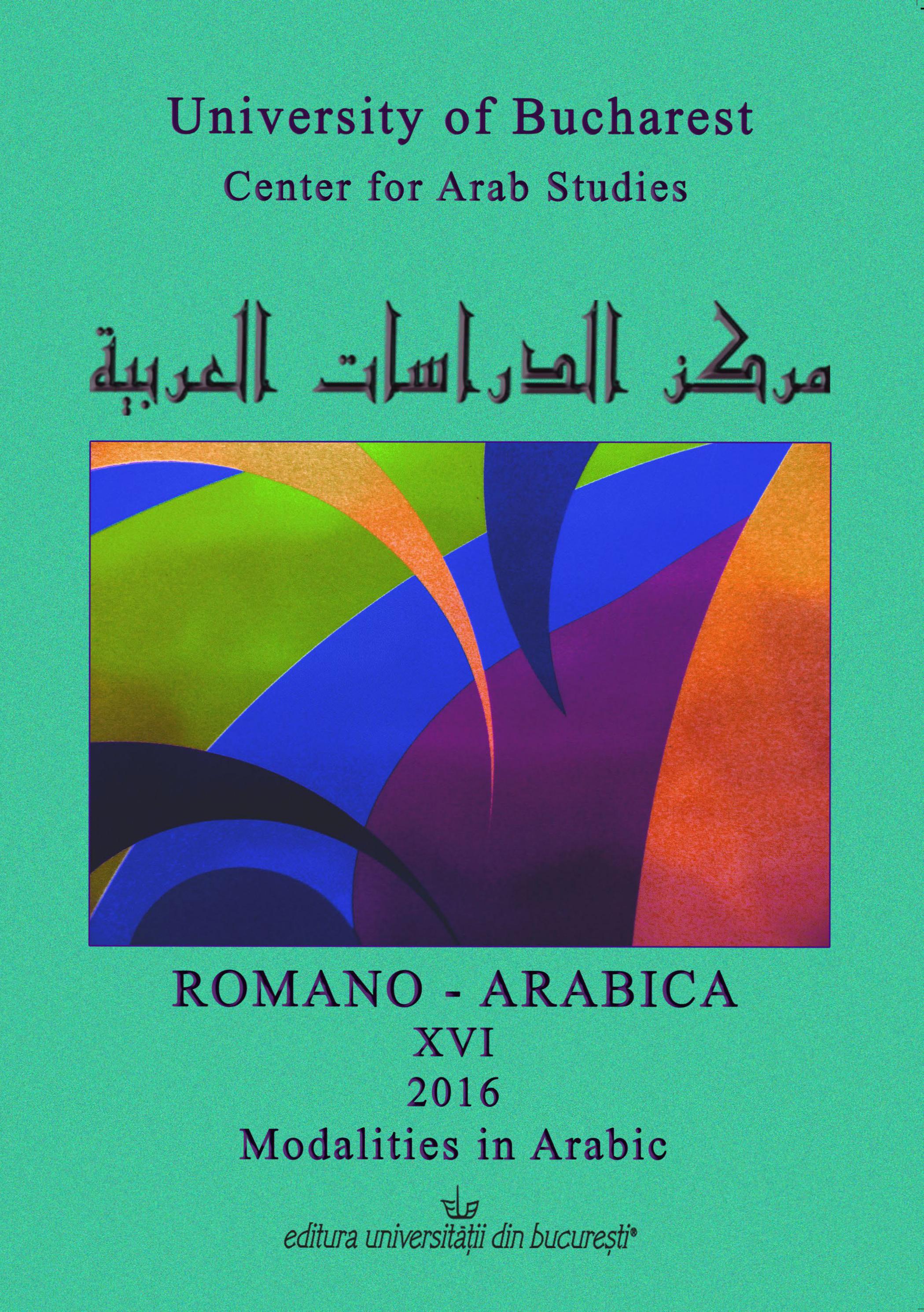RENDITIONS OF THE ARABIC MODALITY KĀDA IN MORISCO TRANSLATIONS OF THE QUR’AN
RENDITIONS OF THE ARABIC MODALITY KĀDA IN MORISCO TRANSLATIONS OF THE QUR’AN
Author(s): Daniela-Corina ChiruSubject(s): Language studies, Cultural history, 16th Century, 17th Century, Translation Studies
Published by: Editura Universităţii din Bucureşti
Keywords: Aljamiado; Morisco; Qur´an; calque; hiero-Sprachbund; seme;
Summary/Abstract: In the present paper we look into the different ways in which one of the Arabic modalities of proximity, viz. kāda, is rendered in Hispanic Qur´anic translations ranging from the 16th century and up to the early 17th one. The analysis is thus based on an assortment of jewels from the Mudejar-Morisco cultural heritage, a corpus of manuscript texts that offer a valuable testimony to the Islamic hiero-variety of Romance in the context of an Islamic hiero-Sprachbund, as postulated by Casassas (2010: 368-396). We follow in our analysis the classification of Arabic modalities provided by Nadia Anghelescu (1999: 130-134) and we look into the different mechanisms used by the Morisco translators in order to transpose Arabic structures into the Romance vernacular. We also include a revisited version of the calque taxonomy put forth by Soha-Abboud (2000: 141-148), by taking into account the semic analysis of some peculiar Romance structures that exhibit a marked Arabic influence.
Journal: Romano-Arabica
- Issue Year: XVI/2016
- Issue No: 16
- Page Range: 15-24
- Page Count: 10
- Language: English

